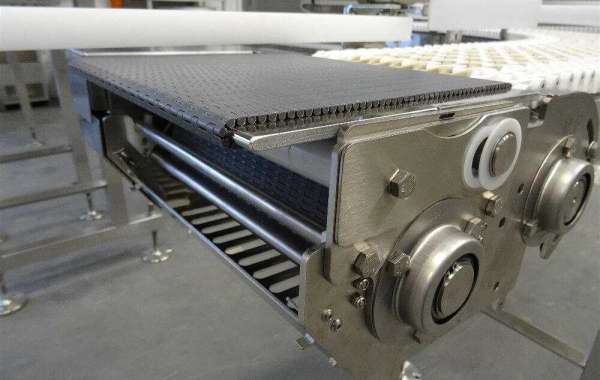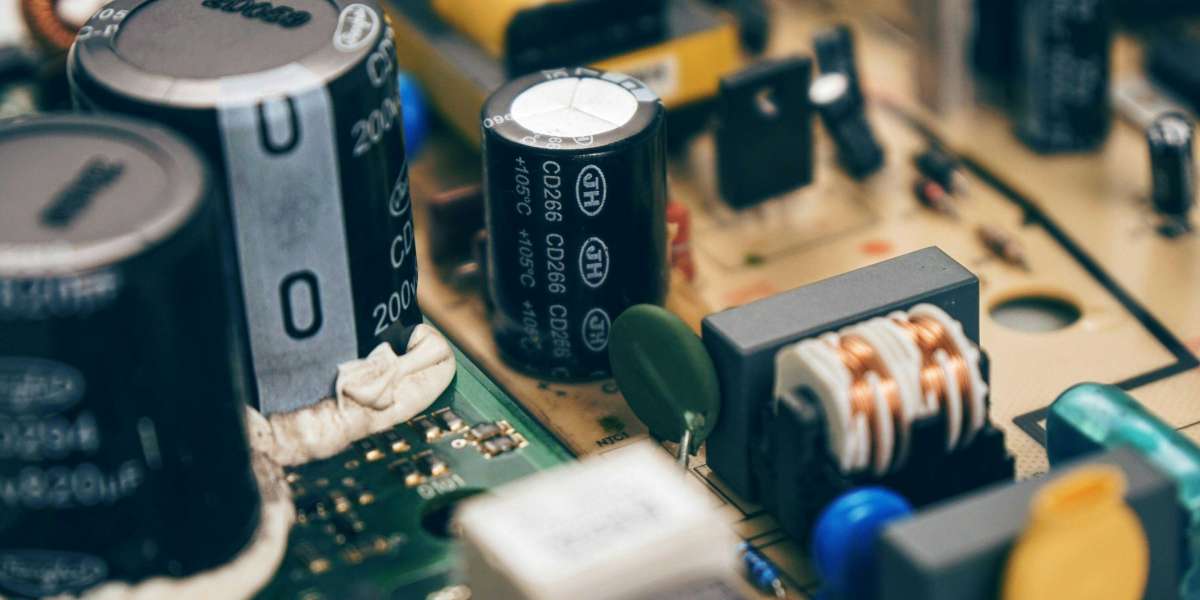When it comes to conveyors, some people still think of the old models used years ago. Well, things have changed. Today, you can find all types of systems, most of them designed with advanced features. So, before buying just any transfer conveyor, consider these seven critical factors.
You want to look at conveyor transfer systems designed to work specifically for your industry and applications. As an example, you might need one with high-tech features so that it can make multiple stops at different stations. Perhaps you need a vertical conveyor to move products from one floor to another.
The goal is to select a product from one of the leading transfer conveyor manufacturers. Then, check out the various types of conveyor transfer systems.
Seven Vital Considerations
Make the selection process for conveyor transfer rollers or conveyor systems easier by reviewing the information below.
1. Product Specifications
Of the seven considerations mentioned, this is by far the most important before investing in a transfer conveyor. Specifically, focus on these factors:
- Dimensions – Product dimensions vary according to the manufacturer. To ensure that a system fits in an allotted space, measure accurately. That includes the system’s guide rail, width, roller centers, and transfer requirements.
- Weight – Even the weight of a transfer conveyor plays an important role in your decision. After all, this determines the requirements for the roller gauge and dimensions. It also impacts the size of the motor needed, as well as the number of curves it can accommodate.
- Roller Rate – Most industries refer to the roller rate as the number of parts a conveyor can handle per minute or hour. Combining the system’s length and rate, you’ll know the speed at which the system will operate.
- Type – As mentioned, by working with one of the best transfer conveyor manufacturers, you can choose from different system types. Here’s a prime example. When processing a box of dried food, you’ll get better results with a plastic chain conveyor over the roller type.
2. Accumulation Requirements
When considering different conveyor transfer systems, this, too, is important. Knowing the accumulation requirements will ultimately reduce the risk of downtime. To come up with the right answer, factor in the product information.
As an example, before reaching a palletizing cell, say you need to accumulate 400 feet of cases. For this scenario, you’ll benefit the most from a zero-pressure accumulation system. That way, you don’t need to worry about back pressure.
Just imagine if back pressure occurred while processing a bag of cereal or rice. It wouldn’t take much for the bags to stack on top of one another. The back pressure could easily cause conveyor jams and damage the product.
3. Washdowns
Washdown requirements may or may not factor in when looking at different conveyor transfer systems. It all depends on the types of products your company processes or handles. For this, you need to think about some additional things:
- Potential Leaks and Spills - If your company deals with food items, beverages, or perhaps pharmaceutical products, you need a stainless steel conveyor.
- Water Pressure – If washdown is necessary, look at systems from transfer conveyor manufacturers that feature a motor rated for this degree of cleaning.
- Construction – To pass inspections so that your company stays compliant, pay close attention to a conveyor’s construction. Here’s an example. Sometimes, people put conveyors bolted to a surface. However, according to certain specifications, that’s not allowed. So, if your operations require washdowns, make sure the conveyor’s construction lines up with current standards.
- Chemicals – If you need to use a harsh chemical during the washdown process, avoid conveyors with acetal plastics. For instance, cleaning with chlorine would seriously damage this material.
4. Guide Rails
Unless you choose the correct guide rails for your conveyor, you can anticipate some problems. While not always required, these work great to create space between the rail and the product you’re conveying. The main area of concern for conveyor transfer rollers is in the curved sections. To avoid this issue, allow enough space for the products to convey seamlessly around curves.
Another thing, make sure you buy a system with the appropriate design. By working with one of the leading manufacturers, you can also get guide rails. That’ll yield more versatility that ensures optimal performance.
5. Transfer Requirements
The systems that transfer conveyor manufacturers make today are truly amazing. This gives you so many options. Some of these include dead plates, gravity rollers, side-to-side transfers, powered transfers, etc. In some instances, you need a transfer solution. It all comes down to the type and size of the products that your company processes.
6. Work Environment
Surprisingly, some business owners fail to consider the work environment when looking at options for a transfer conveyor. However, since this is where the work gets done, you need to factor it in.
For instance, say your company packages metal shavings. As the containers make their way along the conveyor belt, there’s a good chance that some will get inside the system.
Before long, the conveyor begins to malfunction.
Here’s a second example. If you process bottles of liquid, eventually something’s going to leak. As a result, the liquid would spill onto the conveyor transfer rollers. Not only that, but it could seep inside where it would likely damage mechanisms and components. Either way, you would need to stop production to rectify the problem.
7. Incline and Decline Requirements
Finally, you need to consider the requirements for both incline and decline. Many companies have limited floor space. So, it’s not always possible to run one of the conveyor transfer systems in a long, straight line. This is another example of why you want to work with a trusted source. In particular, choose one that provides superior yet cost-effective products.
We Specialize in Conveyor Transfer Systems
Whether you have more questions or want a free quote, contact a reputed conveyor company. Ranked among the most respected conveyor manufacturing companies in Canada, they won’t disappoint.







